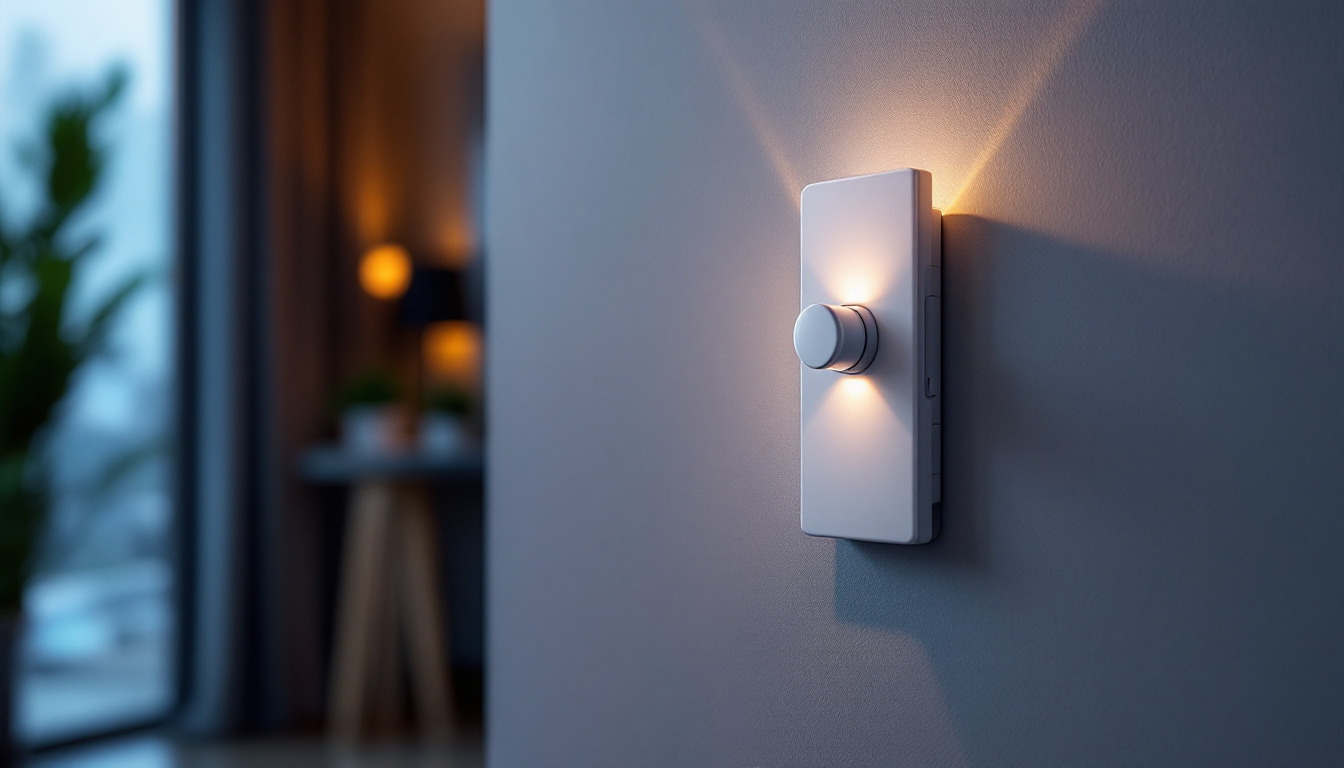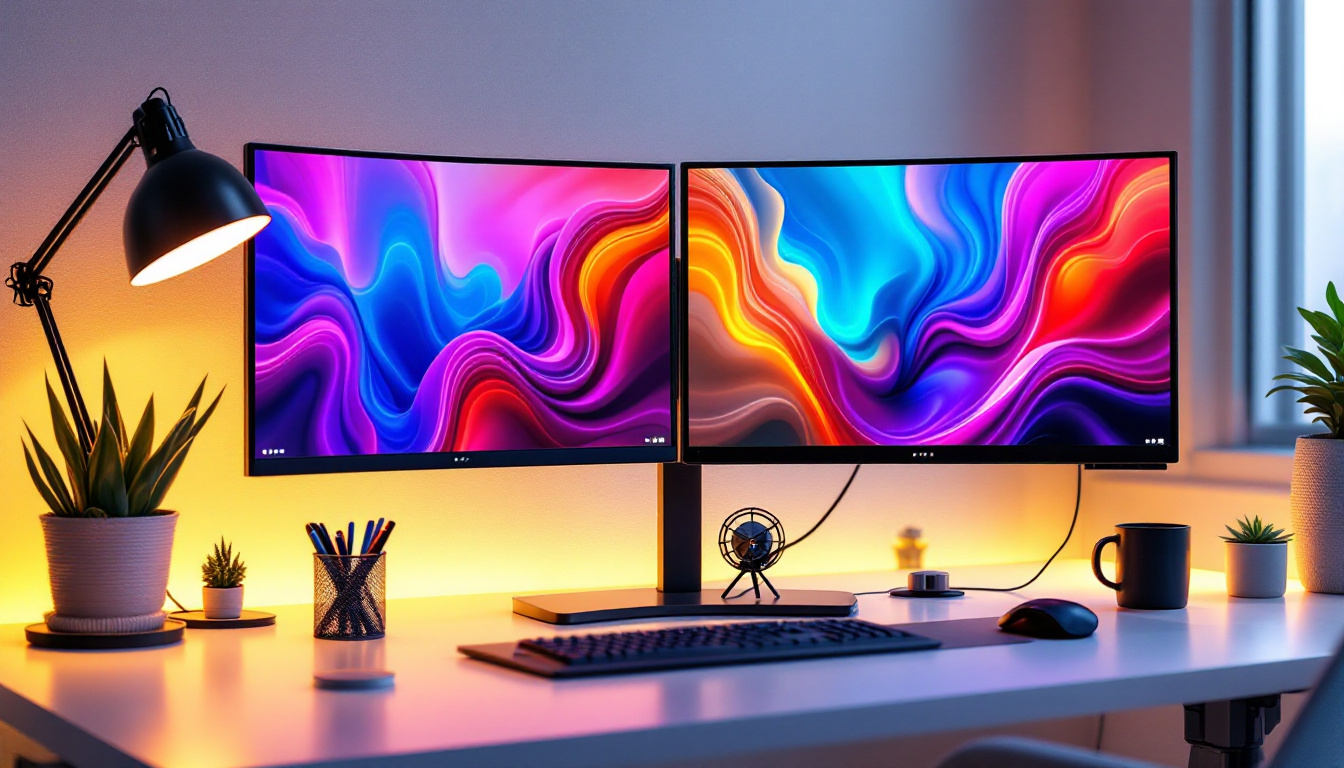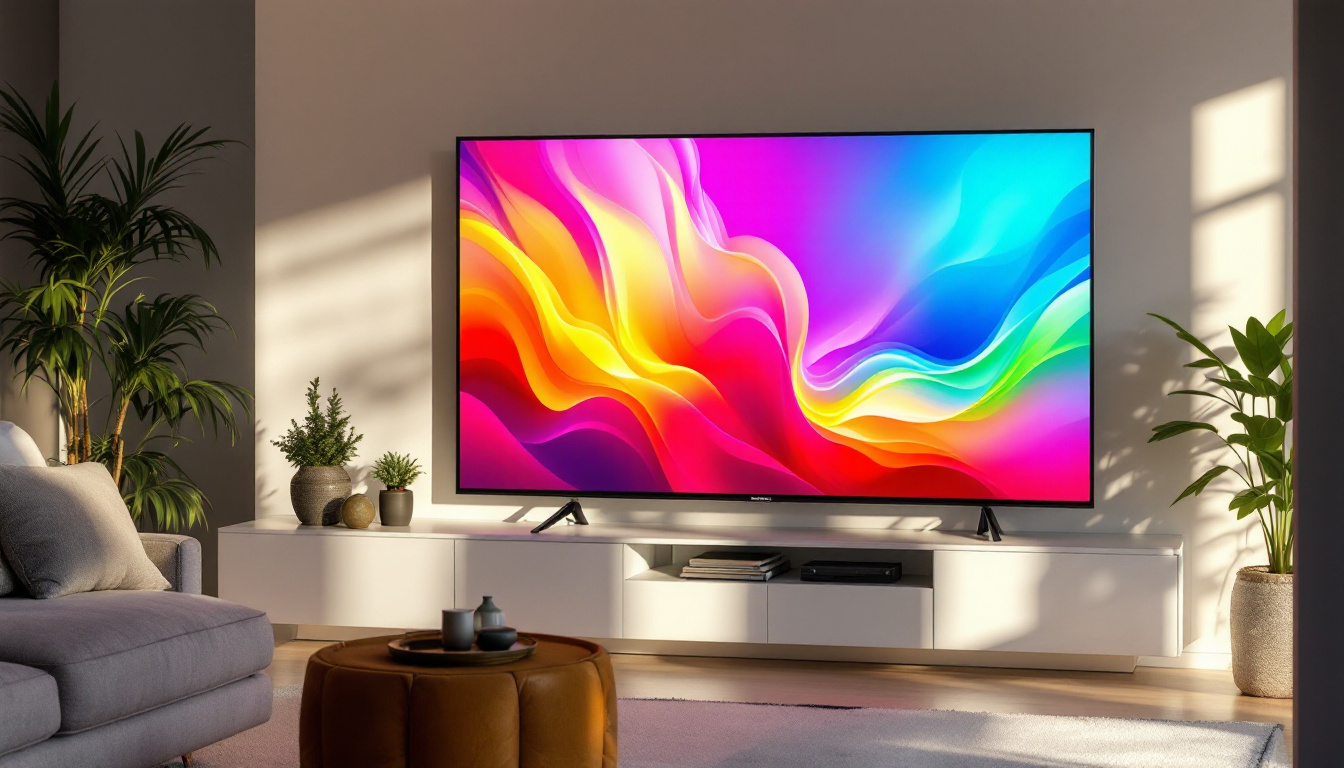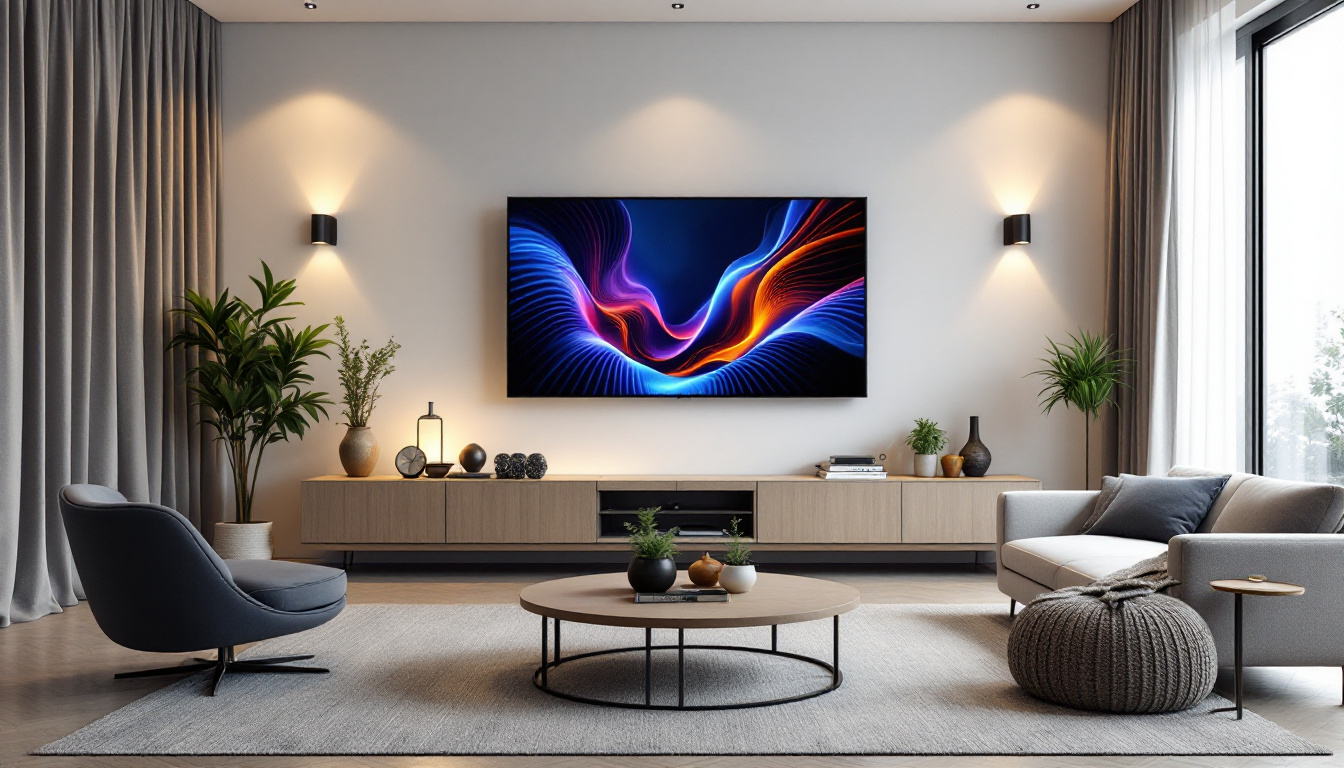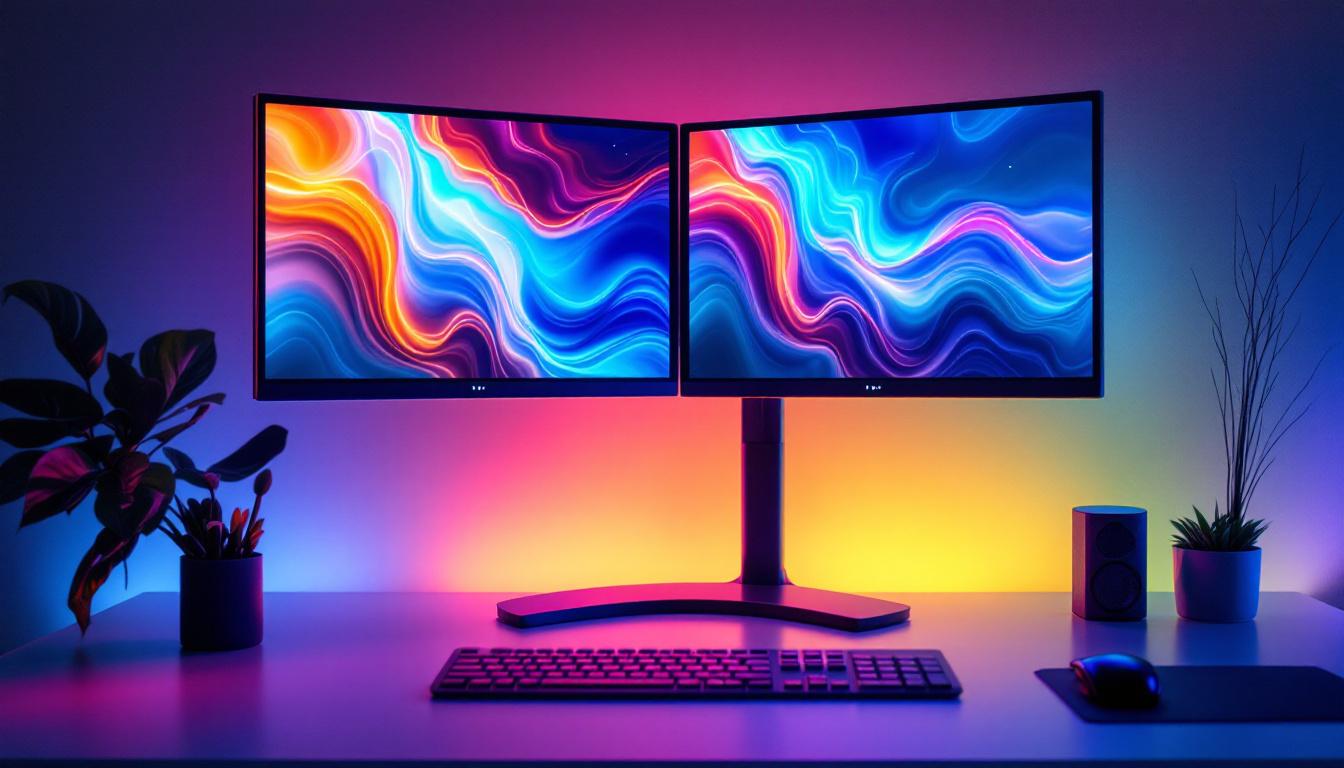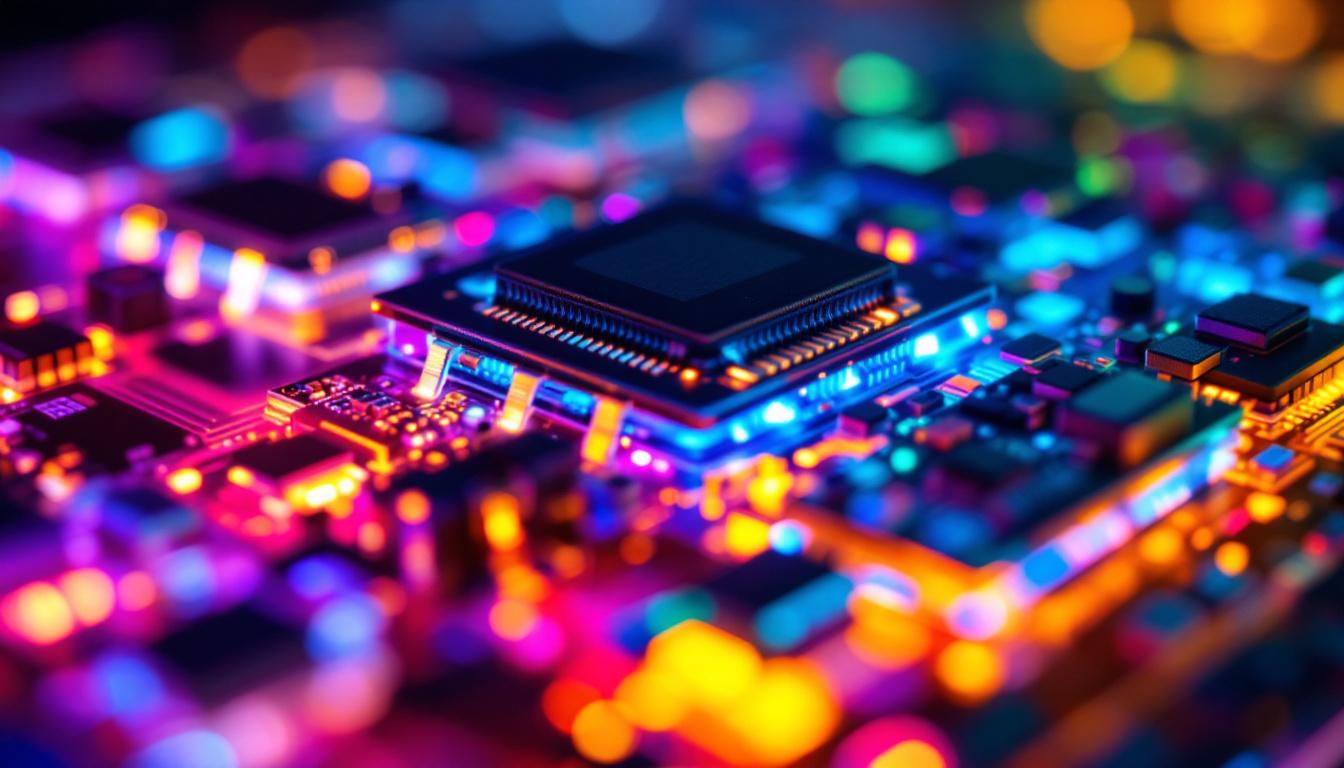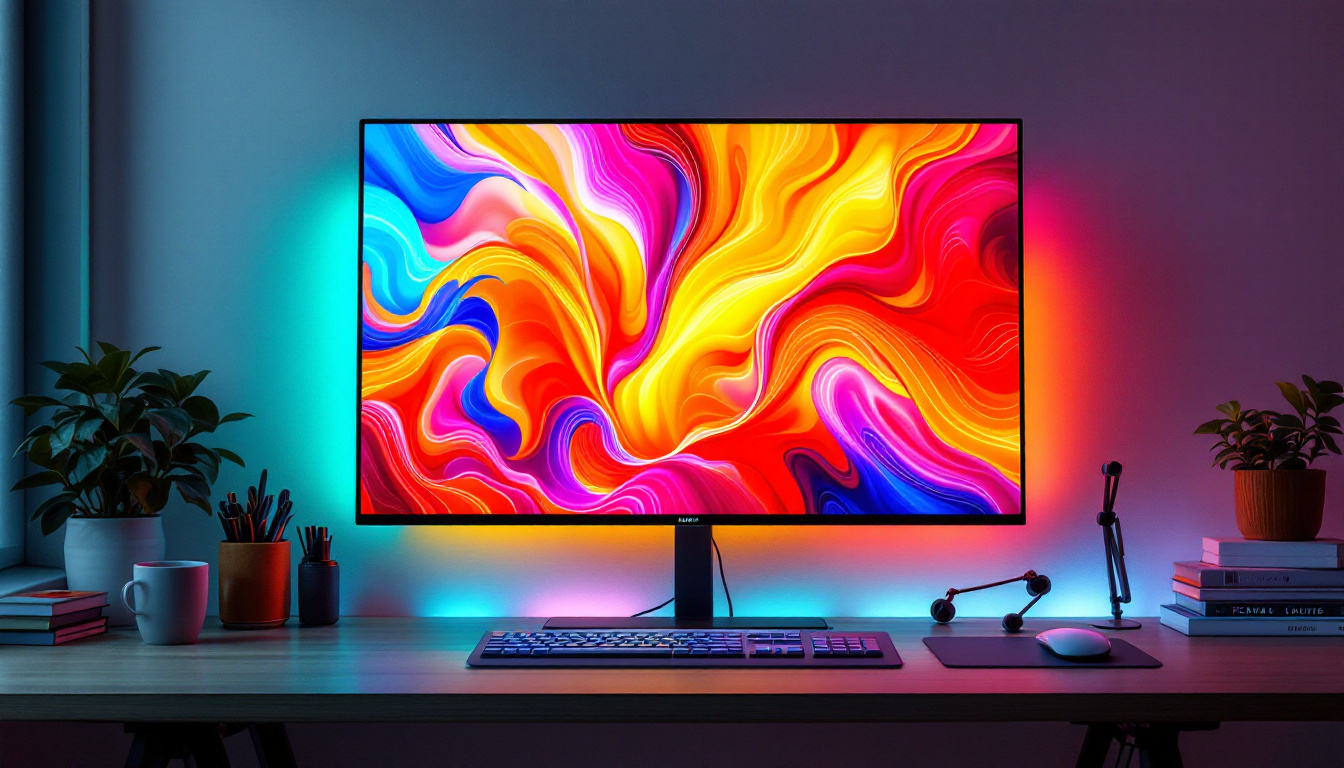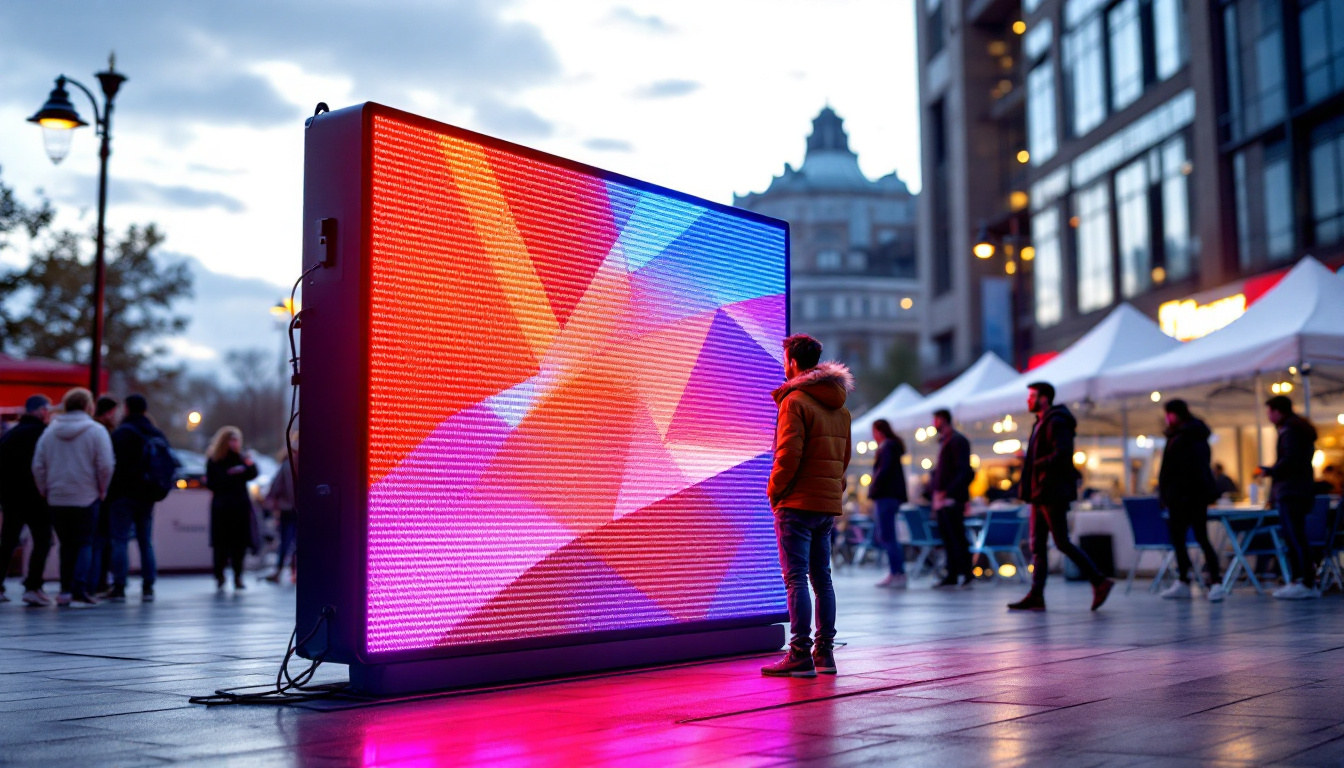What Is Phone LCD: LED Display Explained
In today’s world, smartphones have become an essential part of daily life, and their displays play a crucial role in user experience. When shopping for a new phone or exploring repair options, terms like LCD and LED displays often come up. Understanding these technologies can help consumers make informed decisions about their devices. This article delves into what phone LCDs are, how LED displays work, and the differences between these technologies, providing a comprehensive guide for anyone interested in mobile display technology.
Understanding Phone LCD Technology
What Is an LCD?
LCD stands for Liquid Crystal Display. It is a flat-panel display technology commonly used in smartphones, tablets, and monitors. The core principle behind LCDs is the manipulation of liquid crystals to control light passage, creating images on the screen. Unlike older cathode ray tube (CRT) displays, LCDs are thin, lightweight, and energy-efficient, making them ideal for portable devices.
In a typical phone LCD, the screen is composed of several layers. The liquid crystals themselves do not emit light; instead, they act as shutters that block or allow light to pass through. A backlight, usually made of LEDs, shines light through these crystals, and by adjusting the orientation of the crystals with electric currents, the display produces different colors and images. This intricate layering not only contributes to the display’s slim profile but also enhances its ability to produce vibrant visuals, which are essential for modern applications ranging from gaming to video streaming.
Furthermore, the advancements in LCD technology have led to the development of various types, such as IPS (In-Plane Switching) and TN (Twisted Nematic) panels. IPS panels, for example, offer wider viewing angles and better color reproduction compared to their TN counterparts, making them a popular choice for high-end smartphones. This evolution in display technology has significantly improved user experience, allowing for more immersive interactions with devices.
How Does an LCD Work in Phones?
The operation of an LCD in a phone involves a few key components: the backlight, liquid crystal layer, polarizing filters, and color filters. The backlight provides a constant source of white light. This light passes through the first polarizing filter, then through the liquid crystal layer, which twists the light’s polarization depending on the electric current applied. The light then passes through a second polarizing filter and color filters that produce the final image seen by the user.
This process allows LCDs to display sharp images with accurate colors, but because the light source is always on, LCDs can consume more power compared to some other display technologies. Additionally, the reliance on backlighting means LCDs may have limitations in contrast and black level performance. However, manufacturers have been innovating to mitigate these drawbacks, such as implementing local dimming techniques in their backlighting systems, which can enhance contrast ratios by dimming specific areas of the screen based on the content being displayed.
Moreover, the integration of advanced technologies like HDR (High Dynamic Range) into LCD displays has further improved their performance. HDR allows for a broader range of colors and brightness levels, resulting in more lifelike images. As a result, users can enjoy a richer visual experience, whether they’re watching movies or playing games. The combination of these advancements in LCD technology continues to push the boundaries of what is possible in mobile display design, ensuring that users have access to high-quality visuals on their devices.
What Is an LED Display in Phones?
Clarifying LED Displays
The term “LED display” in the context of phones can be somewhat misleading. Most modern smartphones marketed as having LED displays actually use LCD panels with LED backlighting. This means the display itself is still an LCD, but the light source behind it is composed of LEDs (Light Emitting Diodes) instead of older fluorescent lamps.
True LED displays, where each pixel is an individual LED that emits its own light, are more commonly found in large screens like billboards or televisions (such as OLED or MicroLED panels). However, some newer smartphones use OLED (Organic LED) technology, which differs significantly from traditional LCDs with LED backlights.
LED Backlighting in LCDs
LED backlighting has largely replaced older cold cathode fluorescent lamp (CCFL) backlights in LCD screens due to its advantages in energy efficiency, brightness, and color accuracy. LED backlights can be arranged in different ways, such as edge-lit or direct-lit configurations, affecting the display’s thickness and uniformity of lighting.
Edge-lit LED backlights place LEDs along the edges of the screen, using light guides to distribute illumination evenly. This design allows for thinner displays but can sometimes lead to uneven brightness. Direct-lit LED backlights position LEDs directly behind the screen, offering better uniformity and contrast but resulting in a slightly thicker panel.
Comparing LCD and LED Displays in Phones
LCD with LED Backlight vs. OLED Displays
When comparing phone displays, it’s essential to distinguish between LCDs with LED backlighting and OLED (Organic Light Emitting Diode) displays. OLED technology is fundamentally different because each pixel emits its own light, eliminating the need for a backlight. This results in several advantages:
- Better Contrast and Blacks: OLED pixels can turn off completely, producing true black colors and higher contrast ratios.
- Thinner and More Flexible Screens: Without the need for backlighting, OLED panels can be made thinner and even flexible, enabling curved or foldable displays.
- Energy Efficiency: Since black pixels are off, OLED displays can be more power-efficient, especially when displaying darker images.
However, LCDs with LED backlights still hold advantages in certain areas:
- Brightness: LCDs can often produce higher peak brightness, which is beneficial for outdoor visibility.
- Longevity: LCDs generally have a longer lifespan without the risk of burn-in, a phenomenon where static images leave permanent marks on OLED screens.
- Cost: LCD panels tend to be less expensive to manufacture, making phones with LCDs more affordable.
Why Does This Matter to Consumers?
Understanding these differences helps consumers choose a phone that best suits their needs. For users who prioritize vibrant colors, deep blacks, and a premium display experience, OLED phones are often preferred. Conversely, those who need a bright screen for outdoor use or want to avoid potential OLED burn-in may opt for LCD phones.
Moreover, repair costs can differ. LCD screens, especially those with LED backlights, may be less expensive to replace than OLED panels, which are more complex and costly to manufacture.
The Evolution of Phone Display Technologies
From LCD to LED and Beyond
The journey of phone displays has been marked by continuous innovation. Early mobile phones used monochrome LCDs with basic backlighting. As technology advanced, color LCDs with CCFL backlights became standard, offering richer visuals. The introduction of LED backlighting improved brightness and energy efficiency, setting the stage for the next leap.
OLED technology emerged as a game-changer, offering superior image quality and design flexibility. Today, many flagship smartphones feature OLED displays, while mid-range and budget models often retain LCD panels with LED backlighting to balance cost and performance.
Emerging Technologies: MicroLED and Beyond
Looking ahead, MicroLED technology promises to combine the best of both worlds: the self-emissive nature of OLED with higher brightness and longer lifespan. MicroLED displays consist of microscopic LEDs that emit their own light, offering exceptional contrast, color accuracy, and durability.
Although still in early stages and primarily used in large displays, MicroLED could revolutionize smartphone screens in the coming years, providing even better performance and energy efficiency.
Common Questions About Phone LCD and LED Displays
Is an LCD Display the Same as an LED Display?
Not exactly. An LCD display uses liquid crystals to control light but requires a backlight to illuminate the screen. When the backlight is made of LEDs, it’s often called an LED-backlit LCD. True LED displays, where each pixel is an LED, are different and less common in smartphones.
Why Do Some Phones Advertise “LED Displays”?
This is typically marketing shorthand referring to LCD screens with LED backlighting. The term “LED display” sounds more modern and appealing, but it usually means the phone has an LCD panel lit by LEDs rather than a true LED or OLED panel.
Can I Replace an LCD Screen with an OLED Screen?
In most cases, no. LCD and OLED screens have different technologies and connectors, so they are not interchangeable. If a phone model comes in both LCD and OLED variants, the replacement screen must match the original display type.
Which Display Type Is Better for Gaming and Media?
OLED displays generally offer better color reproduction, faster response times, and higher contrast, which enhance gaming and media experiences. However, high-quality LCDs with LED backlighting can still provide excellent visuals, especially in bright environments.
Conclusion: Making Sense of Phone LCD and LED Displays
Phone display technology can seem complex, but understanding the basics of LCD and LED displays empowers consumers to make smarter choices. LCD screens use liquid crystals and require a backlight, often composed of LEDs, to produce images. While marketed as “LED displays,” many phones actually feature LCD panels with LED backlighting rather than true LED or OLED screens.
Each technology has its strengths and trade-offs. LCDs with LED backlights offer bright screens, durability, and affordability, while OLED displays provide superior contrast, color accuracy, and design flexibility. Emerging technologies like MicroLED promise exciting advancements in the near future.
Ultimately, the best display depends on individual preferences and usage scenarios. Whether prioritizing cost, image quality, or battery life, understanding what phone LCD and LED displays entail helps users select the right device for their needs.
Discover the Future of Visual Experience with LumenMatrix
As you consider the right display technology for your needs, remember that the evolution of displays is ongoing, with innovations like MicroLED on the horizon. LumenMatrix is at the forefront of these advancements, offering a wide array of LED display solutions that cater to various applications. Whether you’re looking for an Indoor LED Wall Display, a dynamic Outdoor LED Wall Display, or specialized options like Vehicle LED Displays and LED Sports Displays, LumenMatrix has the expertise to bring your vision to life. Experience the pinnacle of visual communication and elevate your brand’s presence. Check out LumenMatrix LED Display Solutions today and step into a world where every pixel tells a story.



